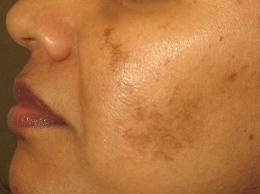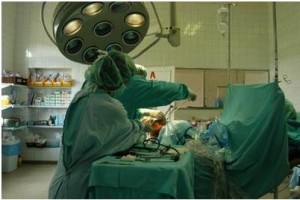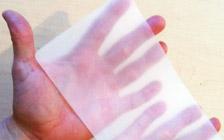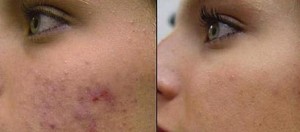Important Questions Regarding Scarring
What causes scars?
Scars are a permanent mark that indicates the skin’s attempt to heal itself. When the skin is damaged the top layer occurs, cells to quickly multiply to form new cells to fill in the gap. When the wound is deeper into the underlying skin tissue, the cells that form collagen are stimulated and they fill in the gap by producing abundant fibrous connective tissue. If the density of this new tissue is relatively extensive it is usually replaced by normal skin layer over time. A result of a persistent scar remains, when the mass of new tissue is relatively extensive it is associated to cell damage and the fibrous tissue remains.
 Why do scars have different colors?
Why do scars have different colors?
New scars would always turn out to be red or purple in color as a result of damaged blood vessels and inflammation. These are hyperpigmented scars. Older scars are white in color. Resulting from the inflammation and damage to the blood vessels and cells loss of pigment-producing, cells occur. The scar becomes hypopigmented (pale), because of the loss of skin pigment. The skin has a great capacity to regenerate itself. The scars are a sign of the skin attempting to heal itself. Normally when the skin is quickly repaired, the new skin may have a different appearance. This persistent in the formation of the scars that don’t fade away.
How long does it normally take for scars to fade to their final color?
Generally, major scars from either surgery or injury take about six to twelve months to fade to their final color.
Do some people have a predisposition to develop more prominent scars?
It believed that genetic factors play a role in the scarring process. Scarring may be more disfiguring for some people. There has been new treatment developed that can help scars fade away.



